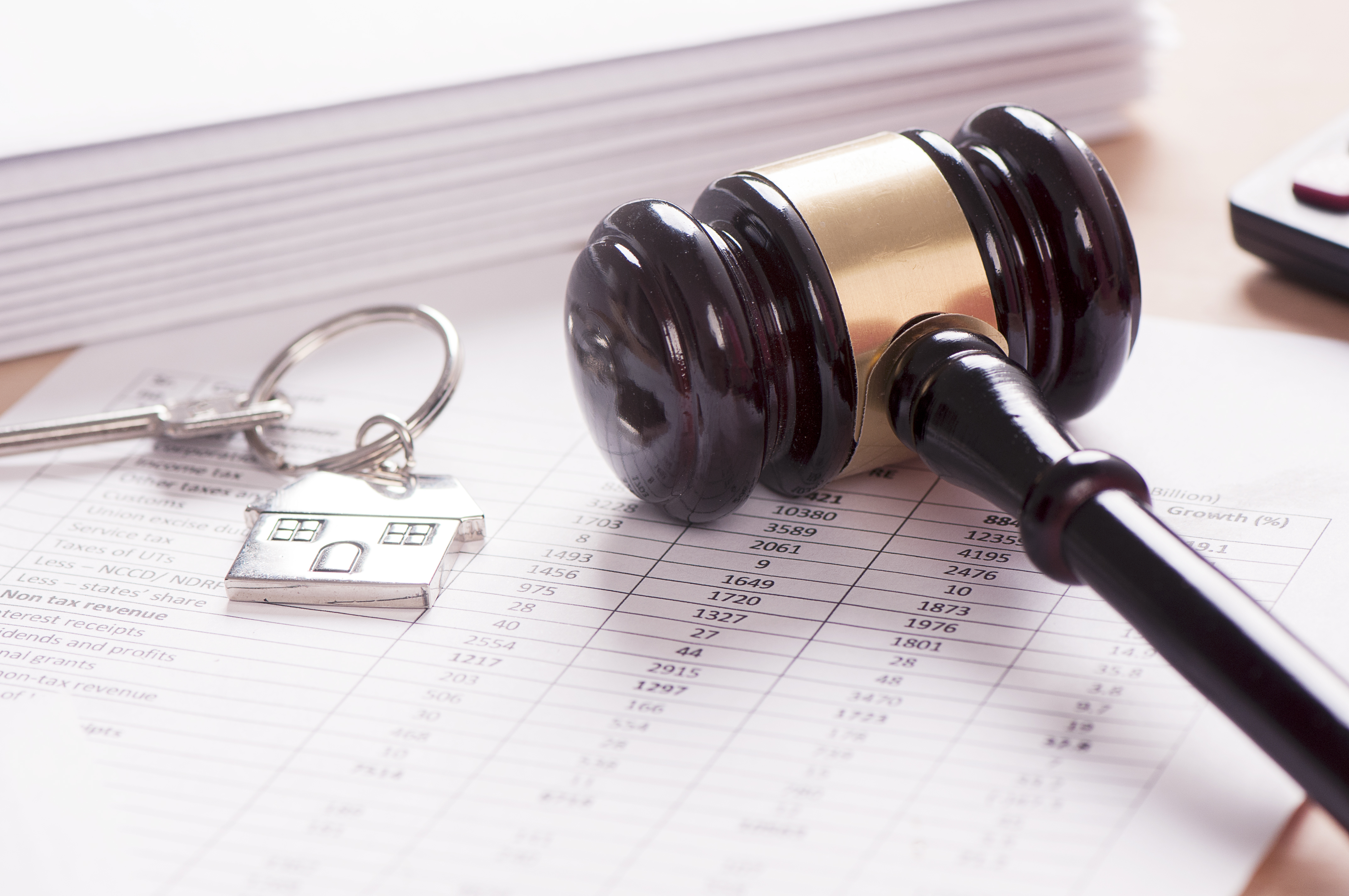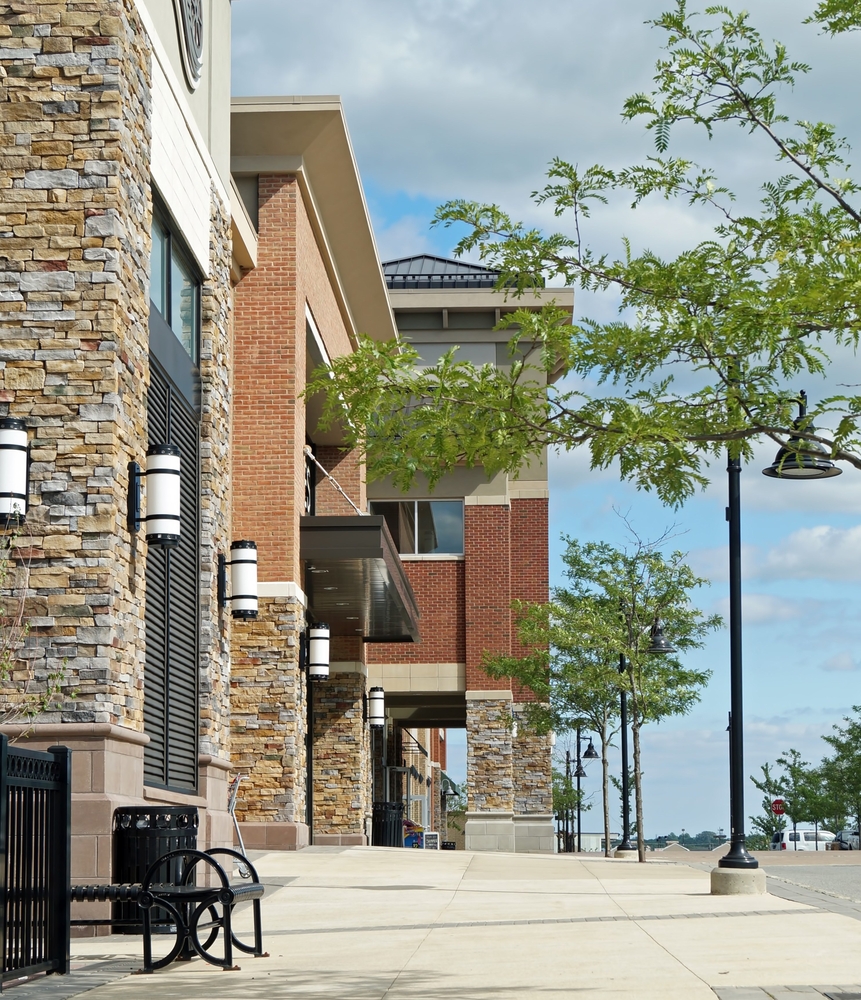 Commercial Leases Are Different; Make No Assumptions.
Commercial Leases Are Different; Make No Assumptions.
A prudent prospective tenant should review a lease carefully to determine whether its business needs will be met. As California law grants certain rights to residential tenants not given to commercial tenants, it is important for a commercial tenant to recognize those differences in order to assess the terms of the proposed lease. The terms of the lease are critical.
Common Lease Terms.
A commercial lease should deal with the following issues:
- Proper identification of the parties and the premises.
- Permitted use of the premises.
- Length of the term.
- The amount of base rent and any formula for rent increases.
- Responsibility for maintenance costs, real property taxes, utilities, insurance and operating expenses (the “triple net lease”).
- Security deposit/personal guaranties.
- Improvements, alterations, and repairs, and responsibility for code compliance (e.g., ADA)
- Payment for and ownership of trade fixtures.
- Access rights and hours of operation (including HVAC).
- Signage rights.
- Landlord’s right of entry.
- Insurance and indemnity obligations.
- Extension and purchase options.
- Sublease and assignment rights.
- Termination rights.
- Breaches and remedies.
Negotiation of Economic Terms and Other Lease Provisions.
Everything in the lease is negotiable. Don’t be afraid to ask for the specific lease provisions you want, and don’t just focus on the amount of rent.
Due Diligence and Execution.
Don’t sign the lease until you have had the opportunity to review every single aspect of the premises to your satisfaction. Once the lease is signed, you have no right to back out unless that right has been specifically granted to you in writing and you have met the specific terms for the exercise of that right.
What To Do If Problems Arise.
The first rule is: REMAIN CALM. The second rule is to review the terms of your lease to determine how those problems are dealt with.



